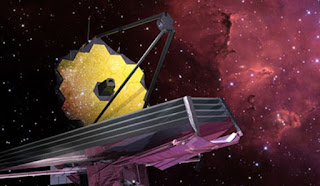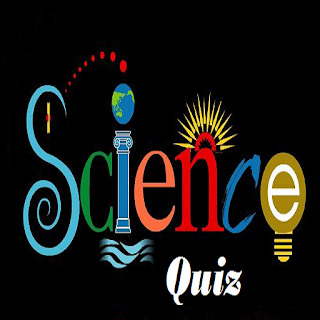NASA'S SPACE TELESCOPE EXTENDS OUR UNDERSTANDING OF UNIVERSE
With the release of the first images of the James Webb Space Telescope (JWST) on 12th July by NASA, we are now moving closer to our understanding of how our universe formed and took shape. The stunning images will take us back in time to several billion years and show the most distant galaxies which were formed at the early stage of the universe just after the Big Bang and try to answer some of the fundamental questions that have baffled mankind like who we are and how we got there!
It is believed that our universe formed from the explosion of a hot super dense body that existed as a ‘singularity’ some 13.8 billion years ago. Then space and time had no meaning then. After its initial expansion, the universe cooled sufficiently to allow the formation of subatomic particles, and later atoms. Giant clouds of these primordial elements, mostly hydrogen, later coalesced due to gravity, forming early stars and galaxies, the descendants of which are visible today. Now, these galaxies have moved very far and have cooled substantially so that they hardly emit any radiation to be detected by our instruments. However, they do emit very weak infrared radiations characteristic of their extremely low temperatures. The JWST hopes to capture some of these radiations to show these distant and coldest galaxies with unprecedented detail.
The JWST is designed to peek into the universe in the infrared region of the spectrum unlike its predecessor, the Hubble Space Telescope (HST) launched by NASA in 1990 which sees the universe mostly with ultraviolet and visible wavelengths. By studying infrared light, JWST can penetrate the clouds of dust that obscure newborn stars and can peer farther into the cosmos than ever before. Galaxies that lie very far from Earth can be seen only at the infrared wavelengths because the expansion of the Universe has shifted their light beyond the visible part of the electromagnetic spectrum into the infrared region due to an effect called the cosmological Red Shift.
JWST's primary mirror consists of 18 hexagonal segments made of gold-plated beryllium, which combined create a 21 ft diameter mirror, compared with Hubble's just 7 ft mirror. This gives JWST a light-collecting area of about 25 square meters, about six times that of the Hubble and that's why it could see objects 100 times fainter than Hubble. This makes JWST the most powerful telescope ever built by humanity. The telescope is placed at the second Lagrange point in space some 1.5 million km away from the Earth covered with sun shield sails in order to protect itself from the interference of the infrared radiations emitted by its own instruments.
JWST is the culmination of 20 years of an international collaborative effort of NASA with the European Space Agency (ESA) and Canadian Space Agency (CSA) and was built at a cost of 1000 crore US dollars. It was launched to space on 25 December, 2021 from an ESA launch site in Kourou, French Guiana aboard an Ariane 5 rocket. According to NASA, the JWST project involved over 300 universities, organizations, and companies across 29 U.S. states and 14 countries. Although its initial life span is about 5.5 years, it is expected to operate for at least 20 years in space.
JWST has delivered the deepest and sharpest infrared images of the distant universe to date. Webb’s first deep field image was a galaxy cluster formed 4.6 billion years ago, named SMACS 0723, taken in a grain size expanse of the sky looked from our arm’s length. It is found to be teeming with young and old galaxies. The second image was a hot puffy planet, named WASP-96b, outside our Solar System that reveals the clear signature of water, along with evidence of haze and clouds that previous studies could not detect. The third image was a planetary nebula, called the Southern Ring nebula that surrounds a dying star some 2000 light years away from us. The fourth image shows some interacting galaxies, called the Stephan’s Quintet that would allow scientists to know how stars were formed from vast clouds of dust and gas. The final image was the Carina nebula which unveils the earliest, rapid phases of star formation that were previously hidden from us.
The journey has just begun. As more images pour in, we hope to understand our universe deeper and better than ever before. And then, we will be, probably, able to read the mind of God: the nature of His mysterious and elusive creation.
Nikunja Bihari Sahu
Education Officer
Regional Science Centre
Bhopal
To read the same article published in the daily Orissa Post, please click the following link: https://nikunjasahu66.blogspot.com/2022/07/future-of-space-station-hangs-in.html
http://odishapostepaper.com/m/173427/62daf70f4bef6




Comments
Post a Comment